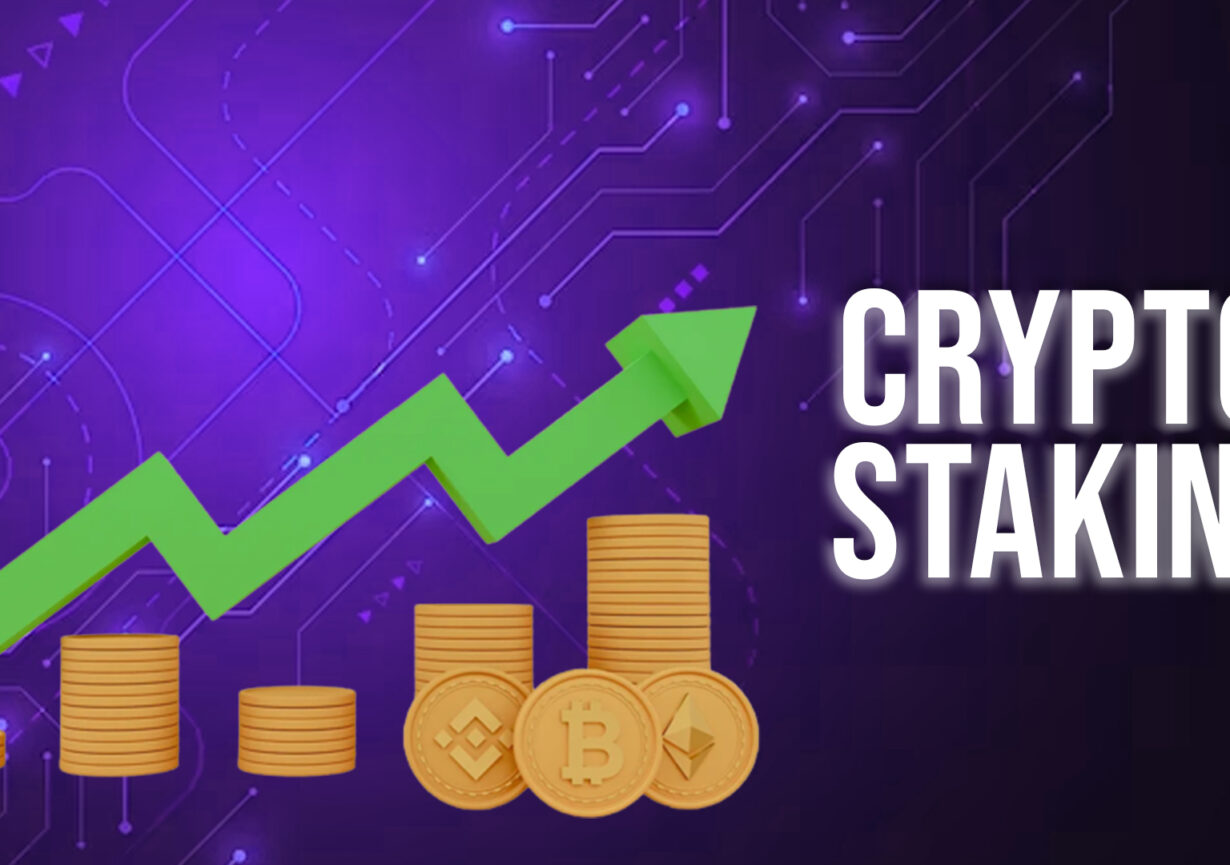- Digital currency has changed how we see and associate with cash, offering decentralized and borderless monetary arrangements.
- Among the different developments inside the crypto domain, “staking” has arisen as a critical idea that empowers clients to procure compensations and assumes an urgent part in getting and approving blockchain networks.
Staking is a system-specific blockchain network used, especially those utilizing the Evidence of Stake (PoS) agreement calculation. PoS is an option in contrast to the energy-concentrated Verification of Work (PoW) calculation used by digital currencies like Bitcoin. In PoS, validators (or “stalkers”) are decided to make new blocks and confirm exchanges because of the number of coins they “stake” as a guarantee.
At the point when clients stake their coins, they secure them in a wallet for a predetermined period, making them inaccessible for exchanging or investing during that energy. As a trade-off for this responsibility, stalkers can procure rewards, generally as extra coins, for their cooperation in network security and approval.
How Staking Works
Staking involves steps:
- Acquiring the Cryptocurrency: Users must acquire the specific cryptocurrency of the network they wish to stake on. This cryptocurrency is used as collateral to participate in the staking process.
- Choosing a Validator: Some networks allow users to delegate their coins to a validator, which includes the coins in their staking pool. Validators have the responsibility of proposing and validating new blocks.
- Locking Up the Coins: Users lock up a certain amount of the cryptocurrency in a staking wallet. It demonstrates their commitment to the network’s security and consensus process.
- Taking part in Approval: Validators (or marking pools) are chosen to make new blocks and approve exchanges. Validators are picked in light of elements, for example, the number of coins marked and their standing.
- Procuring Prizes: as a trade-off for their support, speakers get rewards, typically as extra coins, which are disseminated in light of elements like the number of coins marked and the marking term.
Benefits of Staking
Staking offers several benefits to participants and the broader cryptocurrency ecosystem:
1. Passive Income:
Staking allows users to earn passive income by simply holding and committing their coins, potentially generating returns over time.
2. Network Security:
Staking enhances the security of the blockchain network by incentivizing participants to act in the network’s best interest, discouraging malicious behavior.
3. Energy Efficiency:
Unlike PoW, which requires substantial energy consumption, PoS is more energy-efficient, making staking a greener alternative.
4. Decentralization:
Staking encourages a broader distribution of coins and participation in the network’s consensus process, promoting decentralization.
5. Economic Incentives:
Staking aligns the interests of network participants, as everyone benefits from a secure and well-functioning network.
Staking Use Cases
Staking is not only limited to earning rewards. It also plays a crucial role in various blockchain applications:
1. Decentralized Finance (DeFi):
Staking is a fundamental component of many DeFi protocols, where users can stake their tokens to earn yields, participate in governance, and access liquidity.
2. Blockchain Upgrades:
Some networks use staking to achieve consensus on upgrades and changes to the blockchain protocol, ensuring a smooth transition.
3. Security Tokens:
Staking can be used in security token offerings (STOs) to align investors’ interests with the project’s success.
Conclusion
Staking is a robust and multi-layered idea inside the digital currency environment. It offers clients the chance to procure prizes and recurring, automated revenue but also adds to organize security, decentralization, and the general maintainability of blockchain innovation. As the crypto scene keeps on advancing, staking is supposed to assume an undeniably critical part in forming the fate of money, administration, and different applications controlled by blockchain.


Leave a Reply